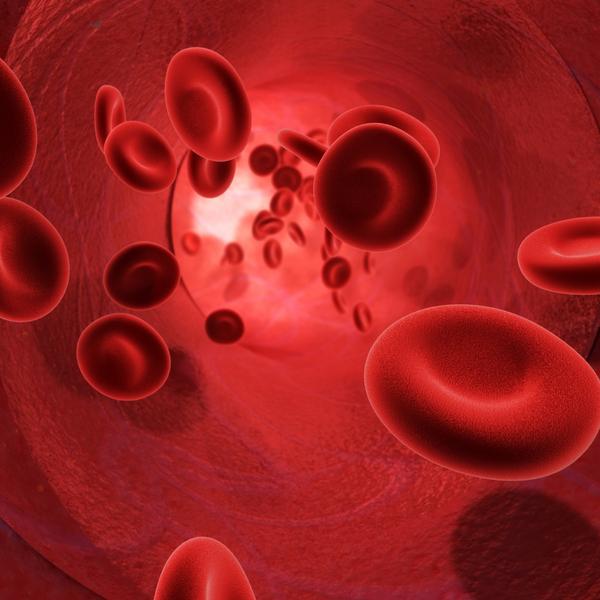 Bioengineering techniques that grow transplant tissue have been around for years. However, the process of vascularizing the tissue has proven to be a tough challenge. Without a way for blood vessels to bring nutrients to the tissue and carry off cellular waste when it is placed in the body, the transplanted tissue will die.
Bioengineering techniques that grow transplant tissue have been around for years. However, the process of vascularizing the tissue has proven to be a tough challenge. Without a way for blood vessels to bring nutrients to the tissue and carry off cellular waste when it is placed in the body, the transplanted tissue will die.
In Chicago, researchers at the University of Illinois recently isolated a protein that directs the formation of blood cells in tissue. They searched in the bone marrow cultures until they found the correct protein and then isolated it and studied its unique qualities. While some stem cells in the bone marrow differentiate into cartilage or bone, the same stem cells also have a role in creating blood vessels.
The immediate application for this research is in cardiac patients. It is hoped that by injecting the proper type of stem cell in an area where there has been tissue damage due to a heart attack, the stem cell will help generate new vascular tissue. In addition, any time a person’s own stem cells can be used it eliminates the risk of rejection found in person to person transplants.
The researchers found that different people’s bone marrow stem cells have differing capabilities for blood vessel synthesis. Therefore, some patients probably would not be candidates for this type of therapy. Extensive trials in mice are currently underway to uncover more of the potential human applications.
For health professionals looking to transition into laboratory work or laboratory assistants looking for new research opportunities, the areas of gene therapy and bioengineering hold many possibilities. The aging population continues to drive medical research interests toward the development of procedures that extend life expectancy. As a result, research facilities continue to drive innovation forward and need a wide range of well trained health professionals to assist with research goals.








